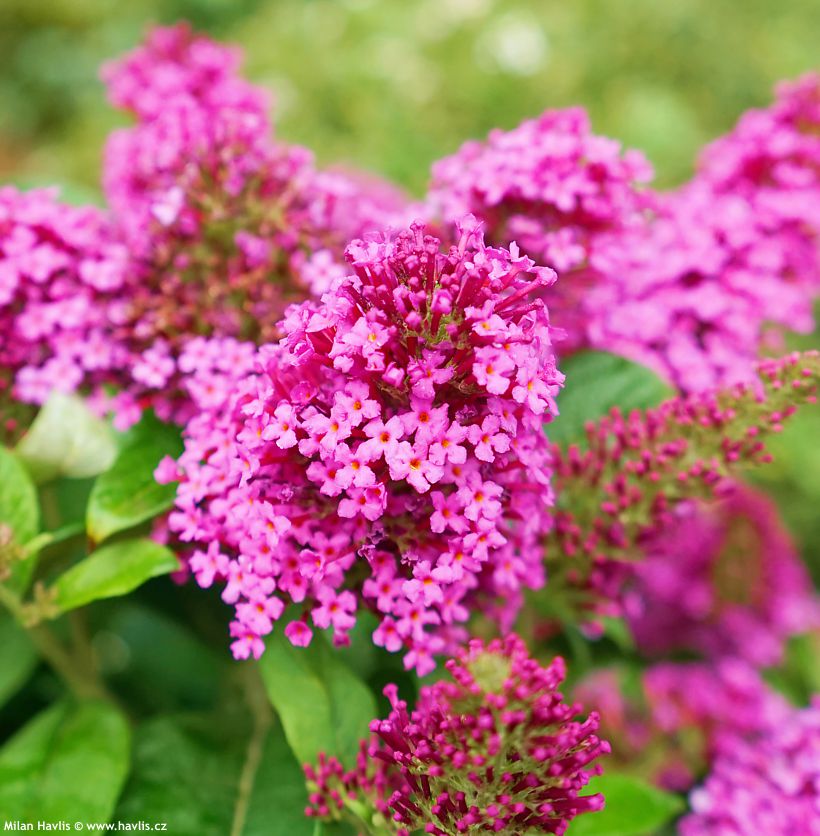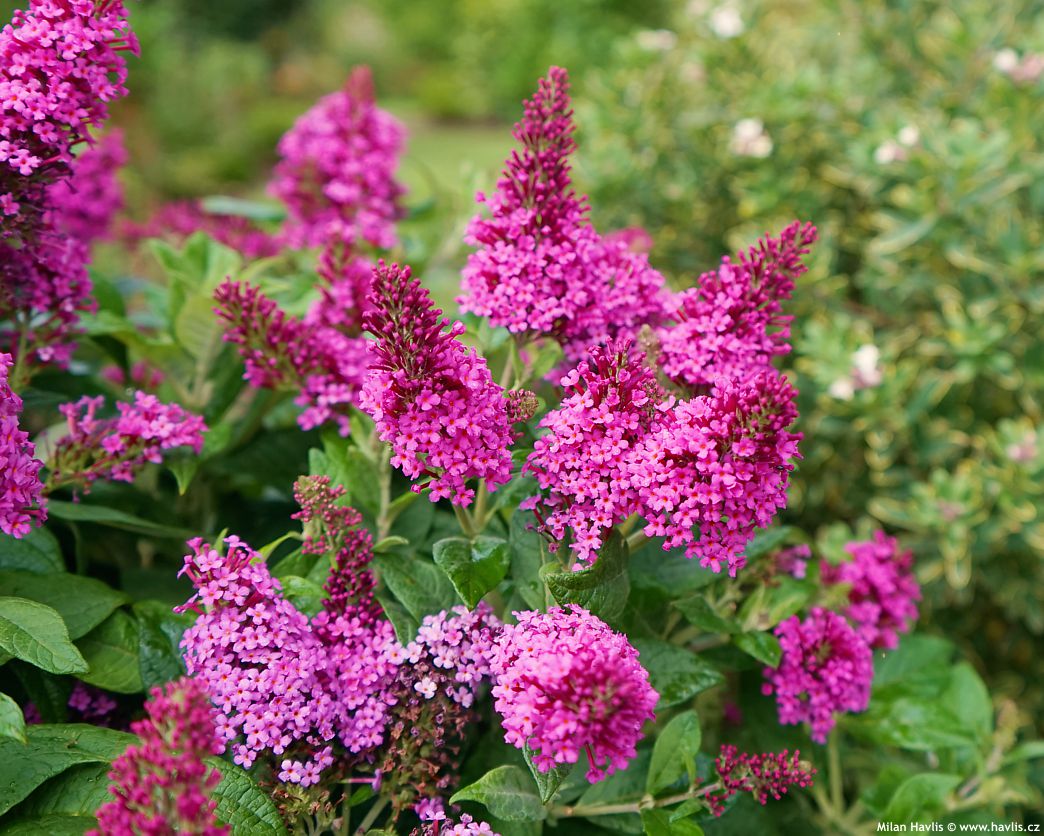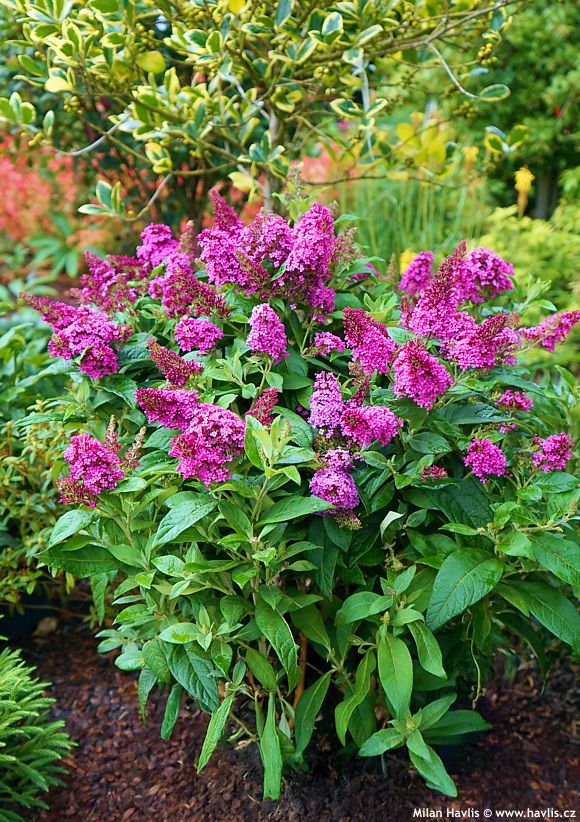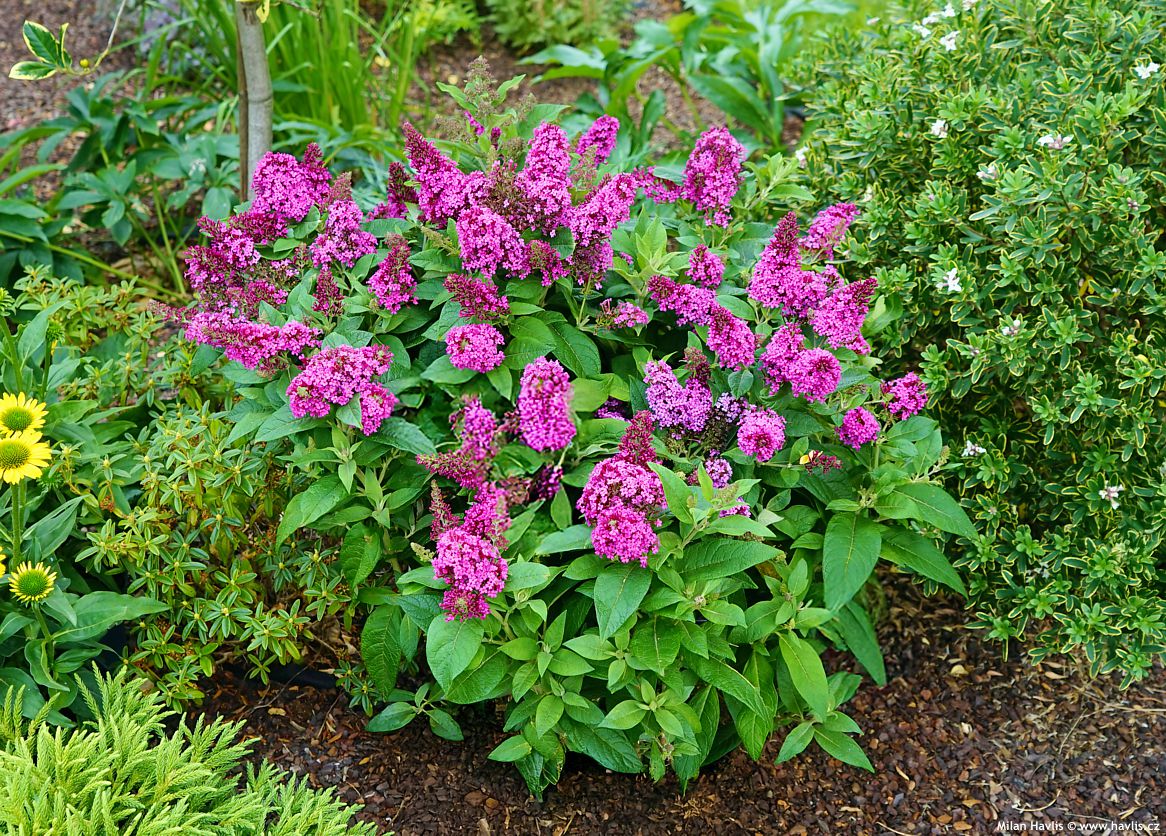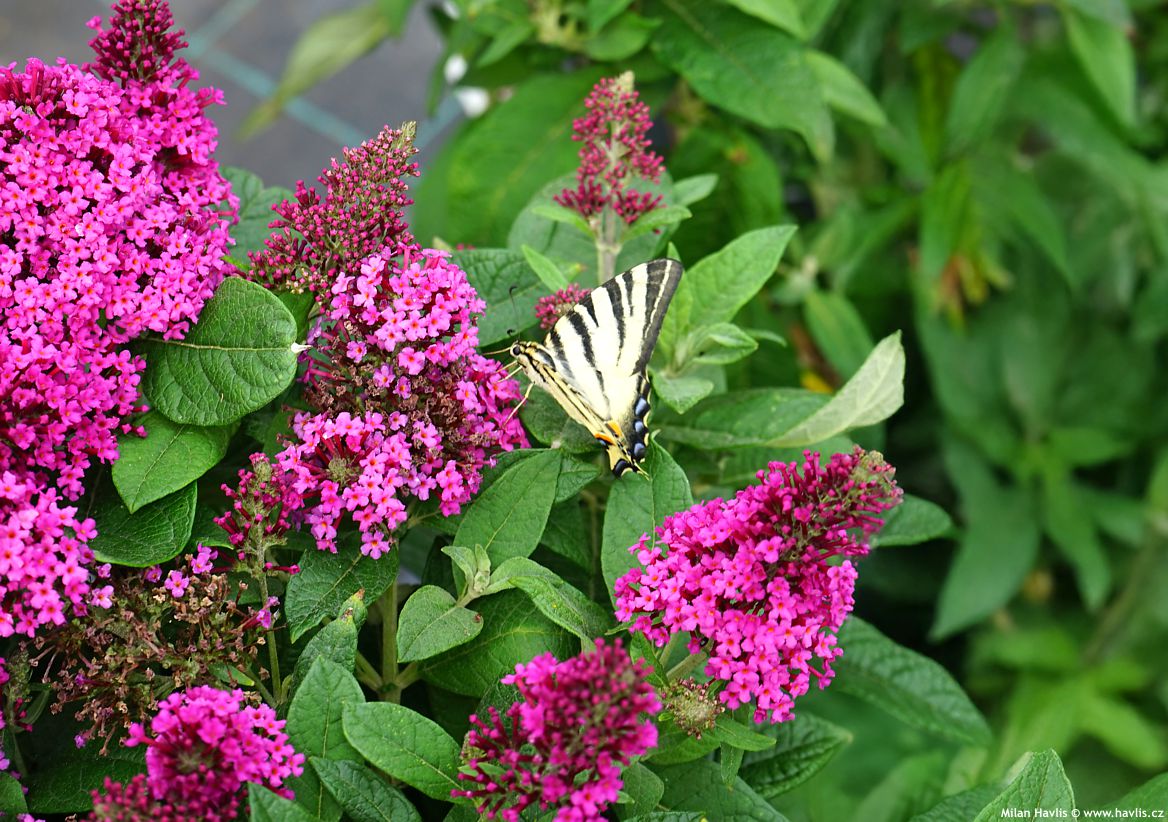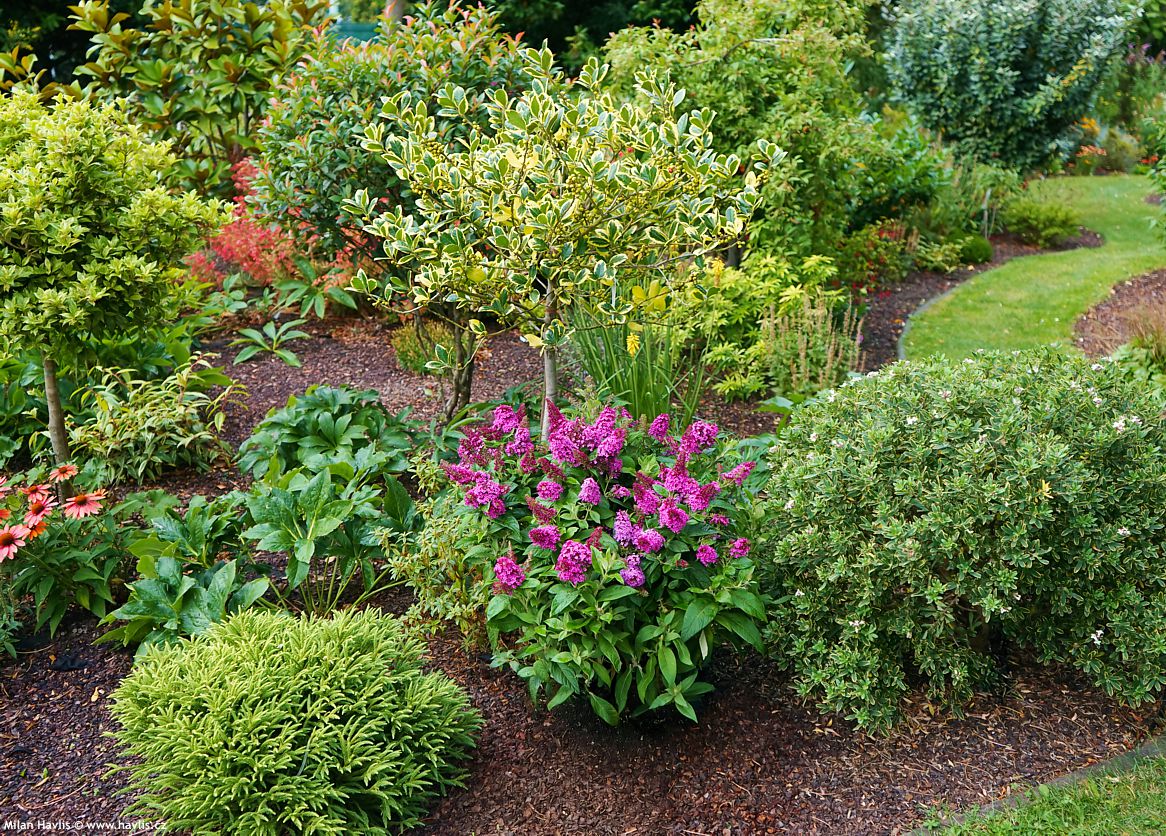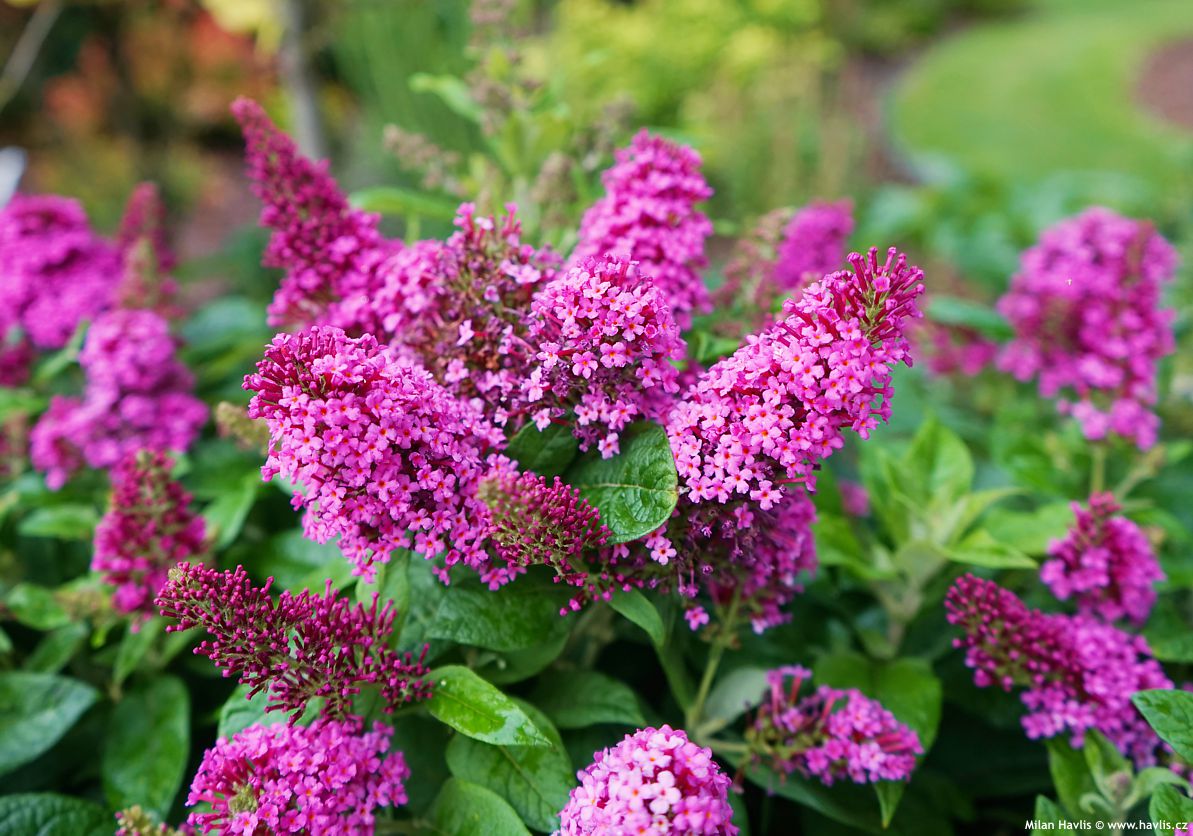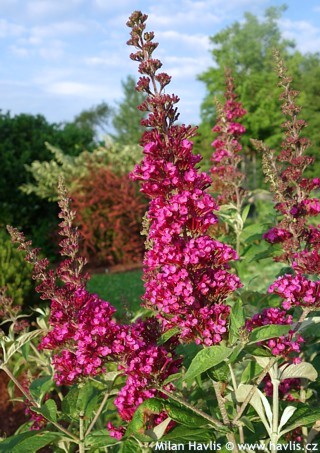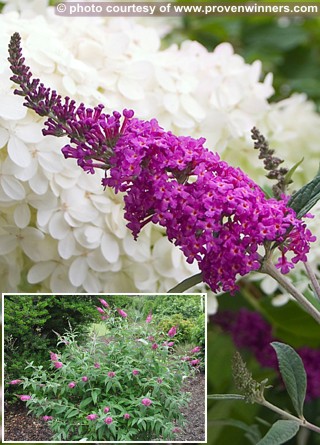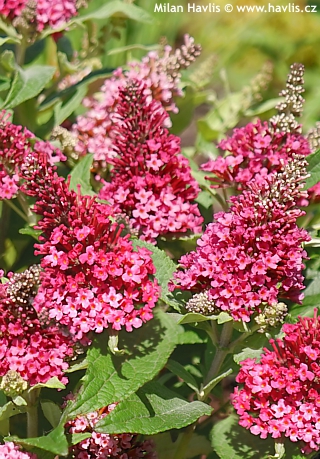Buddleja davidii 'Botex007' BUTTERFLY CANDY LITTLE CERISE butterfly bush
Buddleja
Buddleja is better known as butterfly bush. The reason is obvious – from early summer when it starts blooming until early autumn it produces large, scented flowers that attract winged insects, mostly butterflies. The BUTTERFLY CANDY™ series really got me. Such an amazing range of dense, bushy, and compact plants in several attractive colours makes no excuse of not using buddleja in any garden because of lack of space. It is bred by Johannes Adrianus Maria Koot from Botanic Experience B.V., a subsidiary of a renowned Dutch nursery van Son & Koot. The plants flower all summer long and they grow to about 80 cm in height and width. The whole series was awarded Gold Medal by KVBC in 2021 for the best invention.
BUTTERFLY CANDY™ LITTLE CERISE is a dwarf and compact buddleja introduced in 2024, producing vibrant purple-pink flowers — though let’s be honest, they’re quite a stretch from the warm, cherry-red shade that “cerise” was ever meant to represent. The inflorescence is conical, slim, only some 6-8 cm long, and composed of small, funnel-shaped flowers. They are moderately, sweetly fragrant and bloom from late June until late September. Deciduous leaves are lanceolate, hairy as they emerge, medium green and partly glossy above and silver on the reverse, without a significant autumn colour change. The plant makes an upright, very dense and bushy shrub. Deadheading is important to promote continuous flowering. This variety was awarded Bronze Medal at Plantarium Trade Fair in 2024 for unique colour and great habit.
We recommend rejuvenating buddleja every spring with strong pruning. The ideal time is late March to April, when the buds begin to swell but the risk of severe frost has passed. Up to 80% of last year's branches can be removed, keeping a basic framework approximately 30 cm above ground for dwarf varieties and up to 50 cm for standard cultivars. Properly pruned, the plant reliably regenerates and will bloom profusely throughout the season. Prolonged and abundant flowering can be supported by regular removal of spent flower spikes (deadheading) to prevent seed formation, followed by application of liquid fertilizer, though this is not essential.
Buddleja performs best in full sun, planted in moderately fertile, well-drained, and porous soil as excess moisture, especially during winter, may cause root rot or dieback. The plant is hardy to about –29 °C (USDA zone 5), though it typically thrives more vigorously in warmer areas. In colder regions, it is advisable to plant only well-established, older specimens with mature wood. Watering should be light rather than copious – buddleja is drought tolerant, but during growth and when in full bloom, light watering can enhance vitality and improve its ornamental appearance.
Last update 30-07-2025












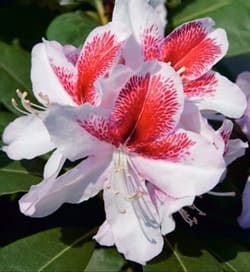



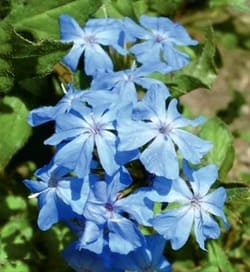
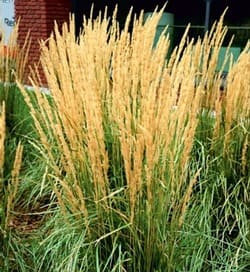
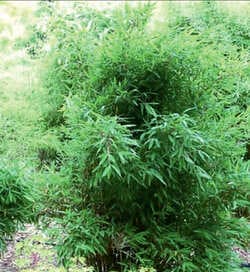
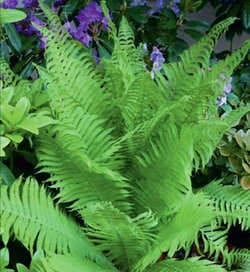





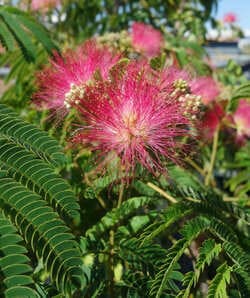
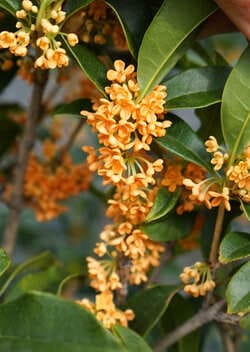



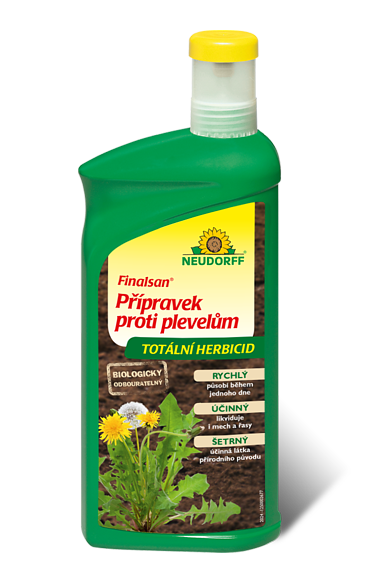


.jpg)
